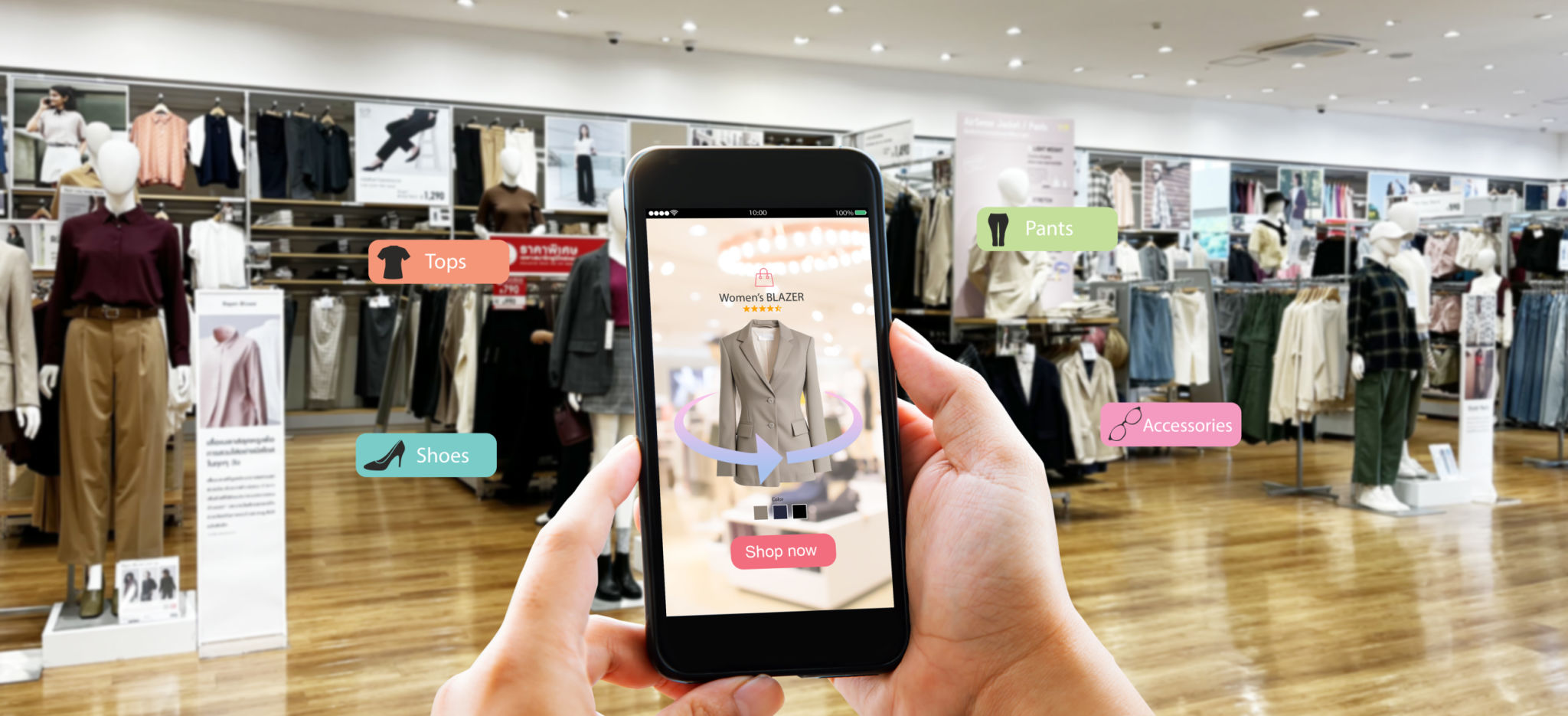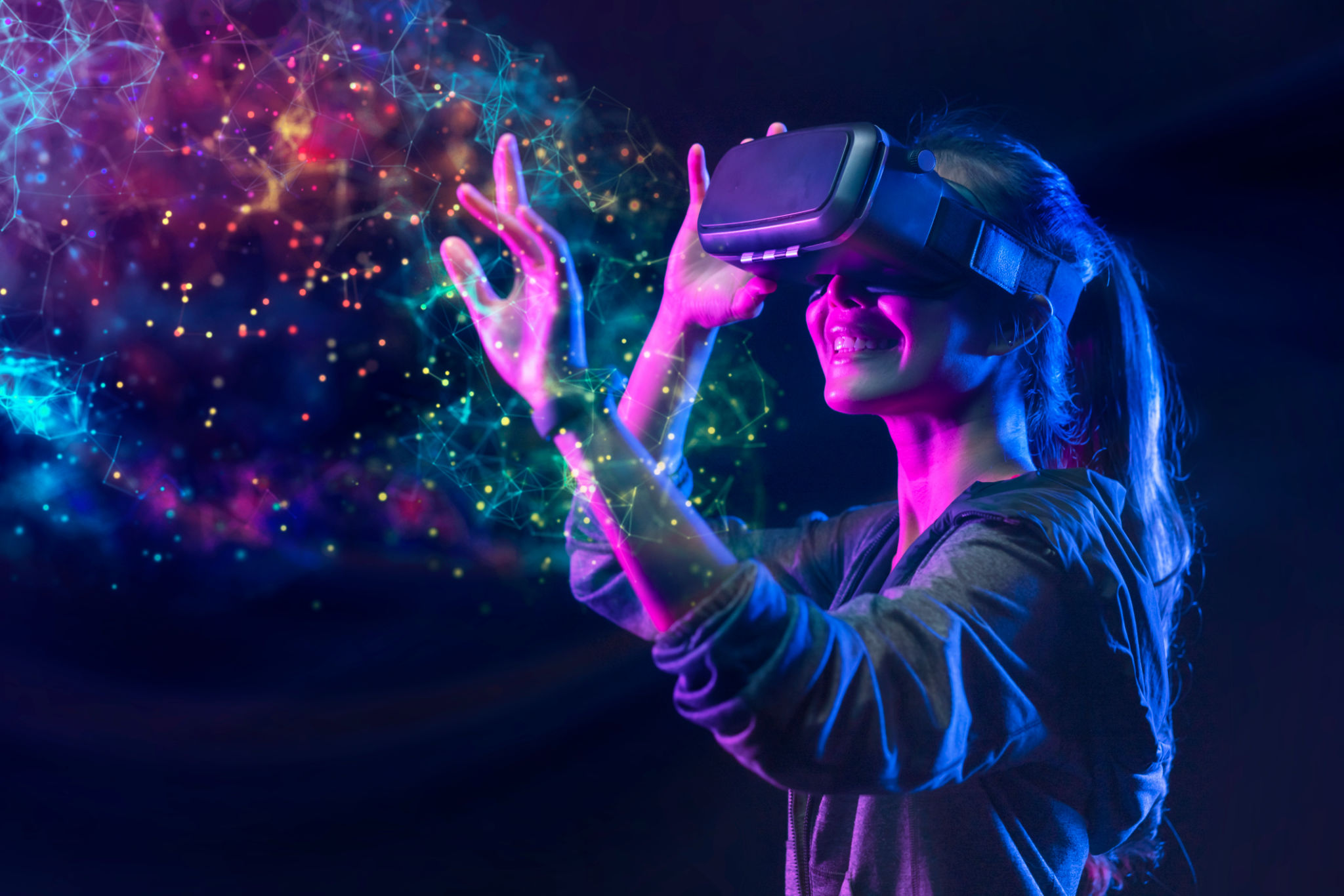How Leading UI/UX Agencies in the UK Are Innovating with AR Filters
The Rise of AR Filters in UI/UX Design
In recent years, augmented reality (AR) has rapidly evolved from a futuristic concept into a practical tool for enhancing digital experiences. Leading UI/UX agencies in the UK are at the forefront of this innovation, leveraging AR filters to create immersive and interactive user interfaces that captivate audiences and enhance user engagement.
AR filters, commonly associated with social media platforms like Instagram and Snapchat, are now being integrated into websites and mobile applications. This integration allows businesses to offer unique visual experiences that blend the physical and digital worlds, providing a more engaging way for users to interact with products and services.

Enhancing User Engagement Through Interactive Experiences
One of the primary reasons UI/UX agencies are embracing AR filters is their ability to significantly boost user engagement. By incorporating AR elements into digital interfaces, designers can create experiences that are not only visually appealing but also interactive. This interactive aspect encourages users to spend more time exploring the platform, resulting in increased customer satisfaction and retention.
For instance, e-commerce platforms are using AR filters to allow customers to visualize products in their own environment before making a purchase. This capability reduces uncertainty and increases confidence in buying decisions, ultimately leading to higher conversion rates.
Innovative Applications Across Industries
AR filters are not limited to e-commerce; they have potential applications across various industries. In the education sector, for example, AR can transform traditional learning materials into immersive educational experiences. Interactive textbooks and course materials that incorporate AR elements can make learning more engaging and effective.

Similarly, the entertainment industry is leveraging AR filters to enhance user experiences in gaming and virtual events. By integrating AR into games, developers can create more dynamic and interactive environments that captivate players' attention and keep them coming back for more.
The Role of AR Filters in Branding and Marketing
In addition to enhancing user engagement and experience, AR filters serve as powerful tools for branding and marketing. Brands can use AR to create unique filters that promote their products or services in a fun and engaging way. These branded filters can then be shared by users on social media, increasing brand visibility and reach.
Moreover, AR filters enable personalized marketing campaigns. By allowing users to interact with products through AR, brands can collect valuable data on user preferences and behavior, enabling more targeted marketing efforts.

Challenges and Opportunities
While AR filters present numerous opportunities for innovation, they also come with challenges. Designing effective AR experiences requires a deep understanding of both technology and user behavior. Agencies must invest in skilled designers who can create seamless integrations between AR elements and existing digital platforms.
Furthermore, as with any emerging technology, there is a learning curve involved in mastering AR tools and techniques. However, the potential benefits far outweigh these challenges, making it an exciting area for UI/UX agencies to explore.
The Future of UI/UX Design with AR
As technology continues to advance, the role of AR in UI/UX design is expected to grow exponentially. The potential for creating more personalized, engaging, and interactive user experiences is vast, offering endless possibilities for innovation.
The leading UI/UX agencies in the UK are already setting the pace by integrating AR filters into their design strategies. As more businesses recognize the value of these immersive experiences, we can expect AR to become a standard component of digital design in the near future.
